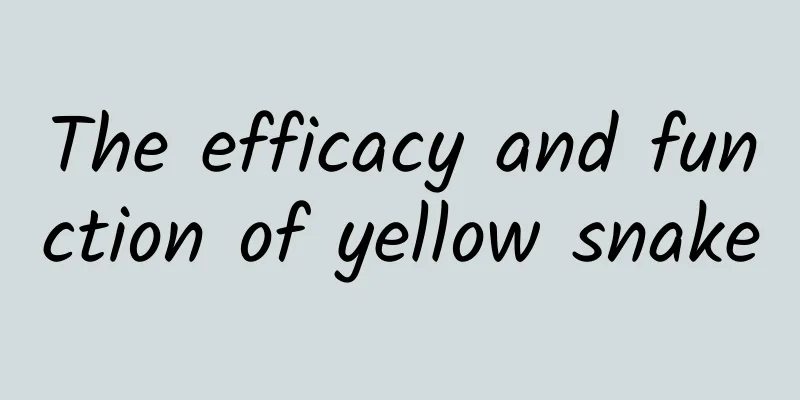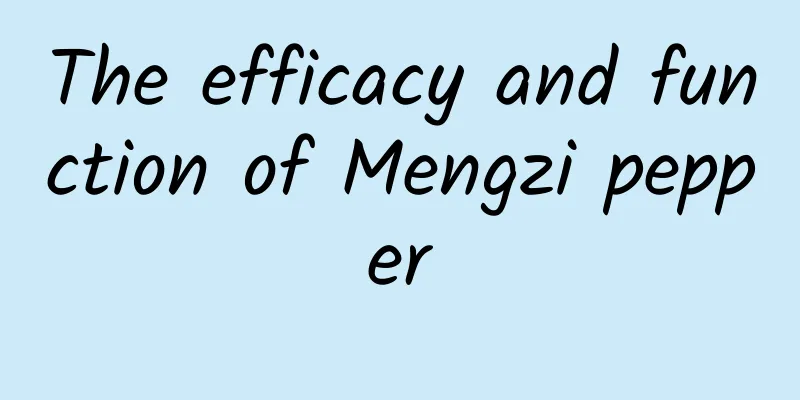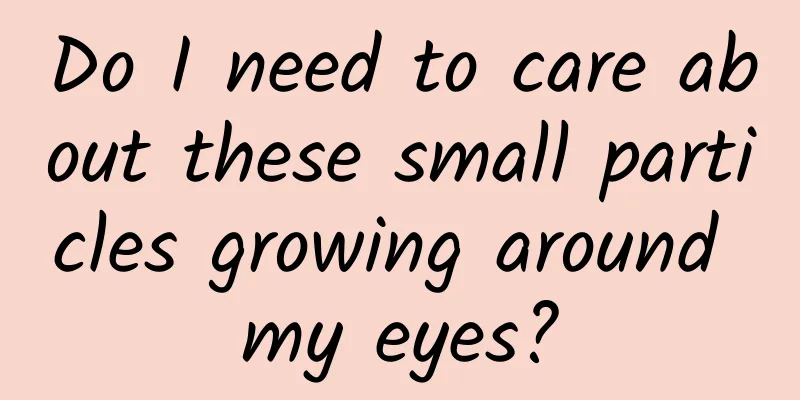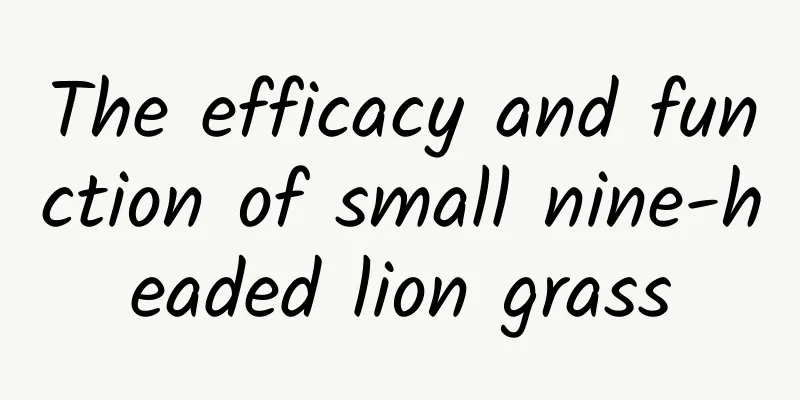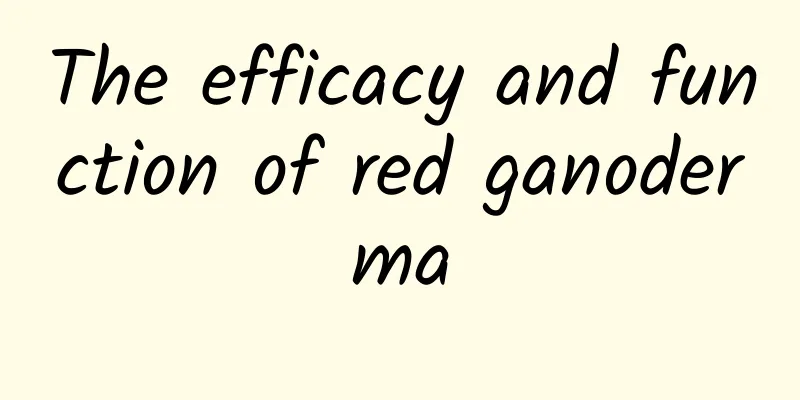The efficacy and function of hanging gold lanterns

|
Hanging Golden Lantern is a common Chinese medicine. It can be used for medicinal purposes as well as for food. Moreover, the effects and functions of Hanging Golden Lantern are quite comprehensive. Let’s take a look at it together. 【Alias】 Physalis fruit (Ben Cao), Physalis bell (Miscellaneous Thoughts on Health), golden lantern, sky lantern (Wang Lianshi's Book of Collecting Medicinal Herbs), lantern fruit (Tieling County Annals), sky lantern fruit (Guizhou Folk Prescriptions and Medicines Collection), bell-shaped fruit (Anhui Medicinal Materials), Duan berry, wild pepper (Jiangsu Plant Medicine Annals), brocade lantern (Shanxi Traditional Chinese Medicine Annals), ghost lantern (Zhejiang Folk Herbal Medicines), water pepper, jiangshui jar, and lemahui (Shaanxi Traditional Chinese Medicine Annals). 【Habitat distribution】 It is mainly produced in Jilin, Hebei, Xinjiang, Shandong and other places. In addition, it is also produced in Heilongjiang, Liaoning, Shanxi, Anhui, Jiangsu, Zhejiang and other places. 【Properties】 The dry persistent calyx is triangular lantern-shaped and mostly flattened. The base is slightly truncate and concave, with a slender fruit stalk in the center. The calyx margin is 2 to 4 lobed and often wrinkled. When all the sepals are unfolded, they are 4 to 6 cm in diameter, orange-yellow to orange-red, slightly shiny, leathery, thin and flexible, with fine reticular veins, hollow, or with one orange-red fruit left. The fruit is about 2 cm long and 1 cm wide, with wrinkled skin and containing many seeds. It has a peculiar smell, the calyx tastes bitter, and the fruit tastes sweet and slightly sour. The best ones are large, neat, red, clean and without stalks. 【Chemical composition】 Contains the carotenoid ingredient Physalis. 【Nature and flavor】 Sour, cold. 【Meridian】 ① "Shaanxi Chinese Materia Medica": "Enters the liver and spleen meridians." 【Function and indications】 Clears away heat, detoxifies and acts as a diuretic. It is used to treat bone steaming, fatigue fever, cough, sore throat, jaundice, edema, and blisters. 【Usage and Dosage】 For internal use: decoct in water; or grind into powder. For external use: decoct in water for washing, mash for application, or grind into powder and blow into throat. 【Notice】 ① "Shaanxi Chinese Medicine Records": "It is not recommended for people with weak constitution and diarrhea." 【Additional prescription】 ① Treat whooping cough: burn Physalis fruit on a tile to preserve its properties. Take one ounce each time, with sugar. (Jiangxi Traditional Chinese Medicine) 【extract】 "*dictionary" 【Source】 From "Herbal Medicine for Famine Relief" Above we introduced what hanging golden lamps are. We know that hanging golden lamps have very comprehensive effects and functions, so we can use hanging golden lamps as a means of regulating the body in daily life. |
<<: The efficacy and function of long-section beads
>>: The efficacy and function of white leaf fireweed
Recommend
Paper straws forced me to quit even drinking milk tea. Who among my family members understands me?
What can make young people quit drinking coffee? ...
Is eating Cistanche poisonous?
Is Cistanche poisonous? Many people usually eat s...
Why is Mount Everest still growing taller?
Mountains are an important geomorphic unit on Ear...
How to wash and store your summer clothes? I have sorted them out for you!
As the summer heat subsides, the autumn and winte...
The efficacy and function of henna
Henna is a common flower with a mild nature, but ...
Except for cephalexin, you should not drink alcohol when taking these 5 medicines!
During the Spring Festival, there are family reun...
The largest pearl in the world is as heavy as a husky
The name of Tridacna is quite obscure, and is gen...
What are the Chinese patent medicines for removing liver fire?
Spring is the best season to nourish the liver. F...
The efficacy and function of dragonfly orchid
Dragonfly Orchid is a kind of traditional Chinese...
What! Soba noodles are unhealthy? The truth is...
Myth: “Buckwheat noodles are unhealthy” In recent...
What is the difference between Cistanche deserticola and Cynomorium songaricum
Cistanche grows in the desert. When eating Cistan...
The efficacy and function of Ficus microcarpa
Ficus microcarpa is a very common Chinese medicin...
The best in Shennong's Herbal Classic, also a secret of Chinese medicine
People often say: The secret of Chinese medicine ...
